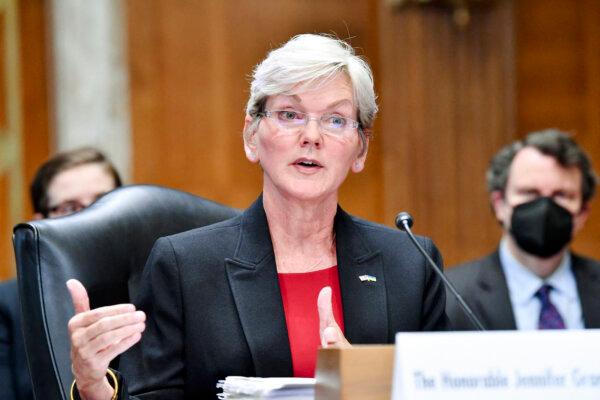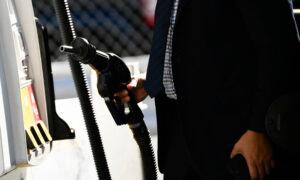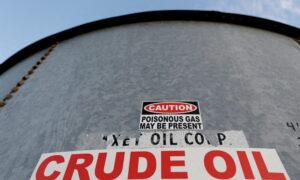The White House has drained 43 percent of America’s emergency crude stockpiles since 2021.
The Biden administration abruptly halted refilling the nation’s Strategic Petroleum Reserve (SPR) as the Department of Energy tries to keep “the taxpayer’s interest at the forefront.” The latest decision comes as crude oil prices have rocketed amid geopolitical tensions and global market tightness.
Last month, the Energy Department’s Office of Petroleum Reserves announced the solicitation for approximately three million barrels of crude oil for August and September delivery to its Bayou Choctaw site in Louisiana. This is one of the government’s four significant SPR storage sites.
However, the U.S. government suddenly reversed the decision and “will not award the current solicitations for the Bayou Choctaw SPR site and will solicit available capacity as market conditions allow. We will continue to monitor market dynamics.”
It remains unclear whether the Department of Energy will continue exploring contracts for oil deliveries in October.
When pressed about why the administration is not refilling the SPR despite repeated assurances, White House press secretary Karine Jean-Pierre shifted the responsibility to the Department of Energy.
SPR Politics
Since February 2021, the White House has drained the nation’s emergency oil supplies by 43 percent. Today, it holds a little more than 363 million barrels of oil, down from 638 million barrels when President Joe Biden took office, according to the Energy Information Administration (EIA).
President Biden accelerated the drawdown following Russian President Vladimir Putin’s invasion of Ukraine, which led to a dramatic increase in crude oil and gasoline prices. The administration has called the inflationary pressures of the last couple of years “Putin’s price hike.”
With the volatility in international energy markets subsiding, the White House has flirted with proposals to replenish the SPR.
“This will protect taxpayer interests because the SPR will be repurchasing at a lower price than recent sales, potentially allowing it to repurchase more oil than it released with sale proceeds,” the White House said in a fact sheet. “It will also help address producer concerns about uncertain demand in future years, encouraging immediate investment.”
For the past year, current administration officials have repeatedly pledged to refill the SPR.
Energy Secretary Jennifer Granholm announced a three-part strategy to restock the SPR moving forward.

After hitting a 41-year low of 346.758 million barrels in July 2023, the Energy Department has gradually added around 17 million barrels.
Meanwhile, omitting the SPR, total U.S. commercial crude inventories have improved, EIA data show. They presently stand at 448.2 million barrels, 1 percent below the five-year average. In addition, oil supplies at the Cushing, Oklahoma, storage facility recently reported the largest weekly build in more than a year, rising 2.1 million barrels to 33.5 million barrels.
The Rise in Crude Oil Prices
Market watchers assert that President Biden and his administration fear that accelerating crude purchases for the purpose of replenishing the SPR might apply upward pressure on oil prices.
Year-to-date, West Texas Intermediate (WTI) crude oil prices have rocketed around 25 percent to nearly $86 per barrel on the New York Mercantile Exchange, the highest level since October 2023.
The rally has been fueled by a broad array of issues, including geopolitical tensions, better-than-expected economic growth, and tight global energy markets.
The world is on the cusp of a global oil supply deficit, says Phil Flynn, an energy strategist at The PRICE Futures Group.
If oil prices can sustain this momentum, there is a growing fear that U.S. crude could surpass $90 gasoline and gasoline could hit $4 per gallon in the months ahead.
Original News Source Link – Epoch Times
Running For Office? Conservative Campaign Consulting – Election Day Strategies!


